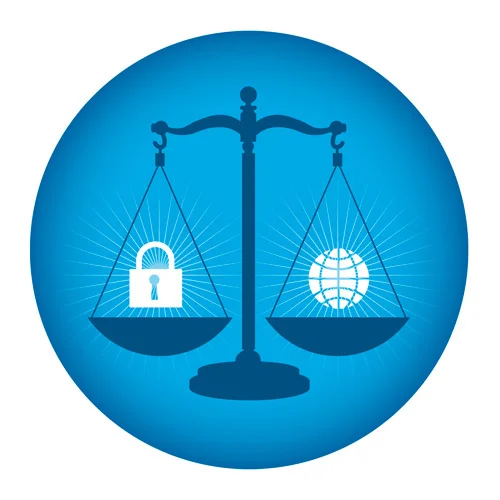#1. SMT’s conceptual design was ahead of its time.
In 2008, while some states’ smart meter deployments were delayed by large protests, and other utilities struggled to understand and operationalize “big data” concepts for the first time, Texas embarked on what is still today a cutting edge design: a centralized web portal across most of the state. In addition to supporting some retail functions such as same-day switching between suppliers, SMT was designed from the beginning to (i) centralize all data collected by AEP, Centerpoint, Oncor and TNMP, (ii) provide data to customer-authorized third parties through a standardized interface, and (iii) support Home Area Network (HAN) device provisioning. Texas was then what California is now -- a national leader in smart grid. Texas utilities gave presentations about their lessons learned to utilities and commissions across the country. A report called “Understanding Smart Meter Texas” showed the system architecture:
#2. Texas’s laws and rules seemed perfect.
It is difficult to find a state besides Texas whose laws and regulations are better suited to accommodate data access and support energy entrepreneurs. Going back to 2005, the state legislature declared that “all meter data...shall belong to a customer,” eliminating many ownership claims by utilities or REPs that would have otherwise had a chilling effect on the market. Texas also makes third party access a requirement. PUC rule §25.130(j), in a section titled “Access to meter data,” says:
“An electric utility shall provide a customer...and other entities authorized by a customer read-only access to the customer’s advanced meter data, including...historical load data, and any other proprietary customer information. The access shall be convenient and secure, and the data shall be made available no later than the day after it was created.”
Furthermore, Texas law explicitly endorsed the idea of using advanced meters to help customers manage their energy usage, not simply to provide operational benefits to utilities. PURA §38.107 reads:
“It is the intent of the Legislature that net metering and advanced meter information networks be deployed as rapidly as possible to allow customers to better manage energy use and control costs…”
We’d kill to have these laws in other states.
#3. SMT was designed to use the latest NIST standards, including Green Button Connect.
Having fought for Green Button Connect (GBC) in Texas since 2014, we were quite surprised to find that a 2013 “final business requirements” document includes OpenESPI, a technical term for GBC.
But GBC was never implemented. Instead, Green Button Download My Data was added to SMT, and business requirement #306 was forgotten.
The utility trade association, Edison Electric Institute, acknowledged the fundamental challenge facing Download My Data, writing in 2012: “The downloading process is a barrier….Connect My Data will become the norm.”
#4. Good laws aren’t enough. Implementation matters.
Unfortunately, even under the best regulatory framework, IT systems don’t solve their own problems. The management of SMT has left much to be desired. The November, 2014 unveiling of SMT to third parties was very rocky. One outage lasted for two full weeks, cutting off data access entirely. And technical support for third parties has been poor. Unfortunately, problems are experienced by customers, too, not merely third parties: According to an analysis of help desk records for the past 12 months by Mission:data, 59% of nearly 5,000 support tickets involve problems accessing or using the website. Problems include not being able to find the correct meter, web browser errors and being unable to reset a lost password. The subpar user experience created by Texas utilities gives entrepreneurs a feeling a helplessness: even the best smartphone app in the world will flop if its success depends upon customers logging in to a poorly-designed utility website.
#5. Reform is underway.
After three years and as many dockets at the PUCT considering the funding, performance and third party access components of SMT, no reforms have yet been made. A new case promises to finally put issues of policy and implementation to rest. Project 47472 is a contested case with utilities, REPs, consumers and third parties. The current SMT vendor, IBM, has a contract that expires in 2018, so the opportunity is to “reset” SMT with a clean slate. Mission:data seeks reforms in the areas of service quality, performance tracking and accountability, full implementation of Green Button Connect, and an excellent user experience. Mission:data looks forward to working on these issues this fall in order to bring the most advanced energy management technologies to 7 million Texas consumers.




